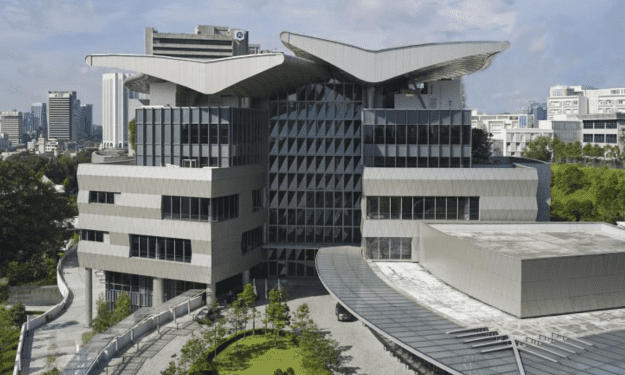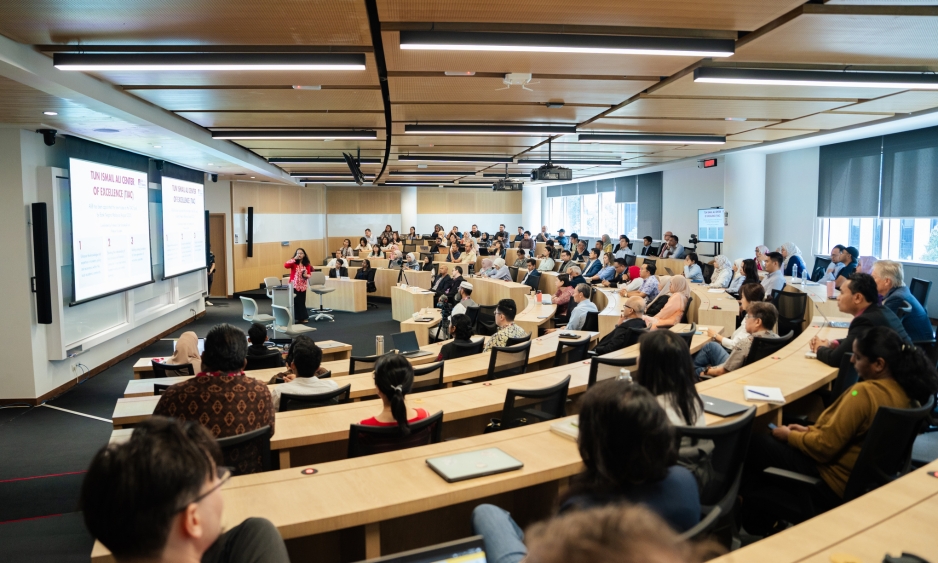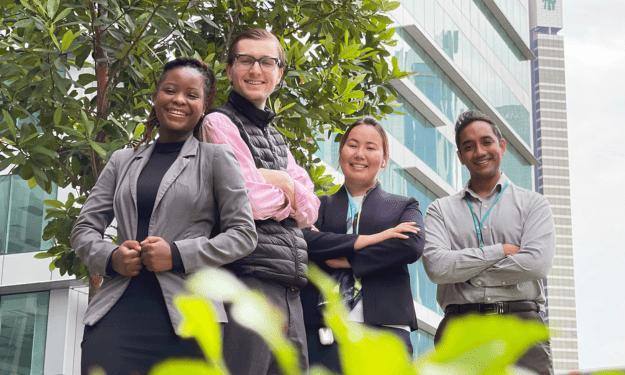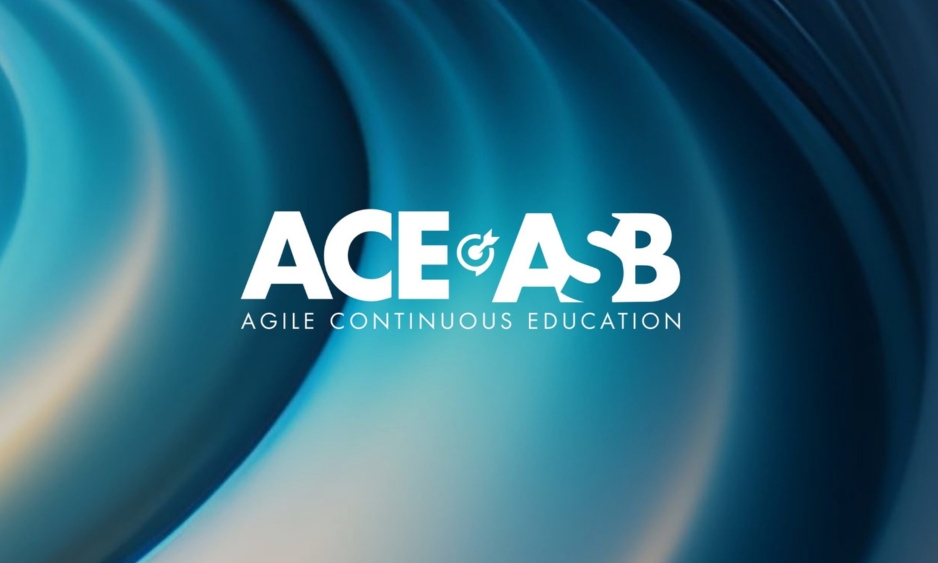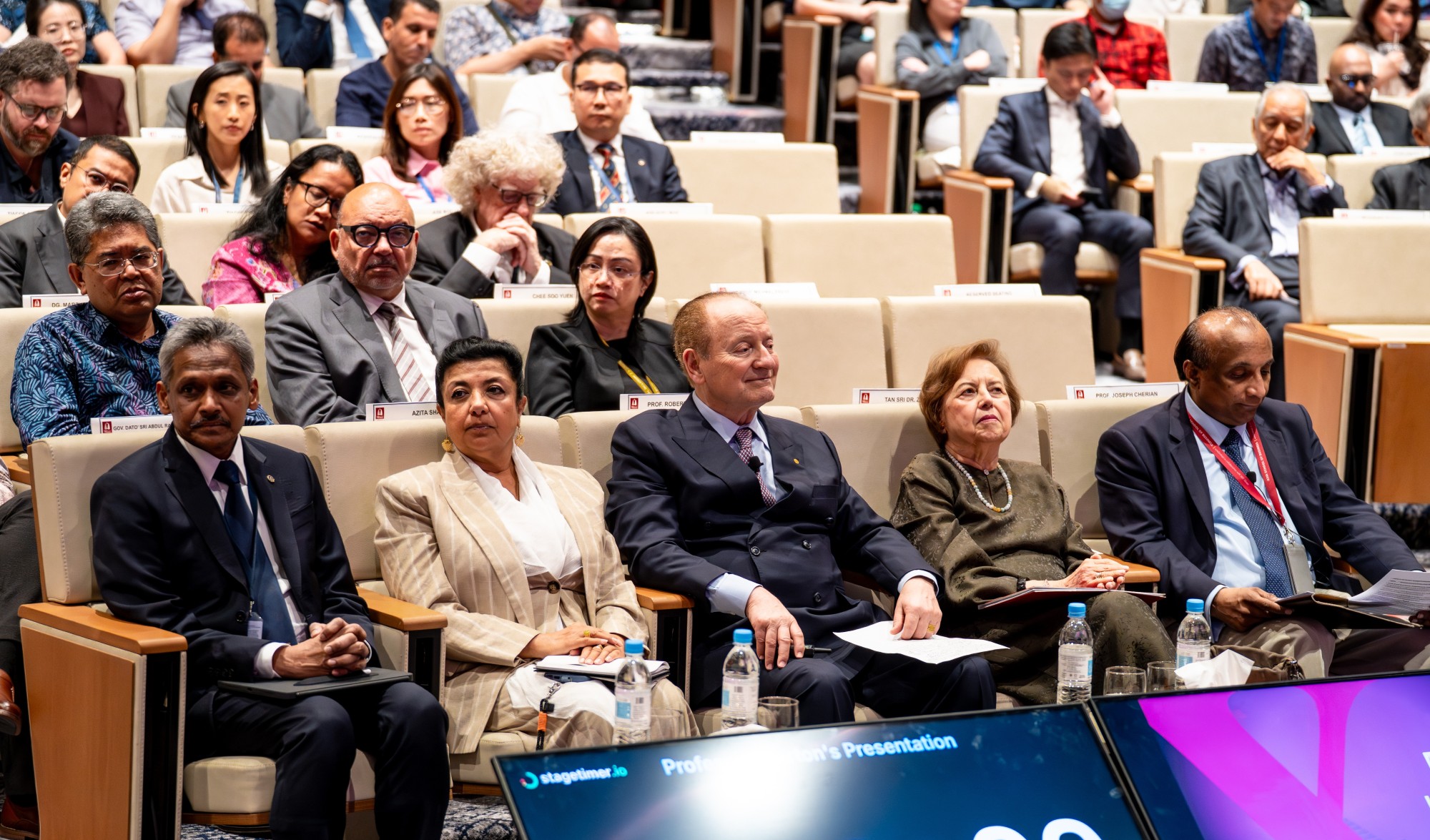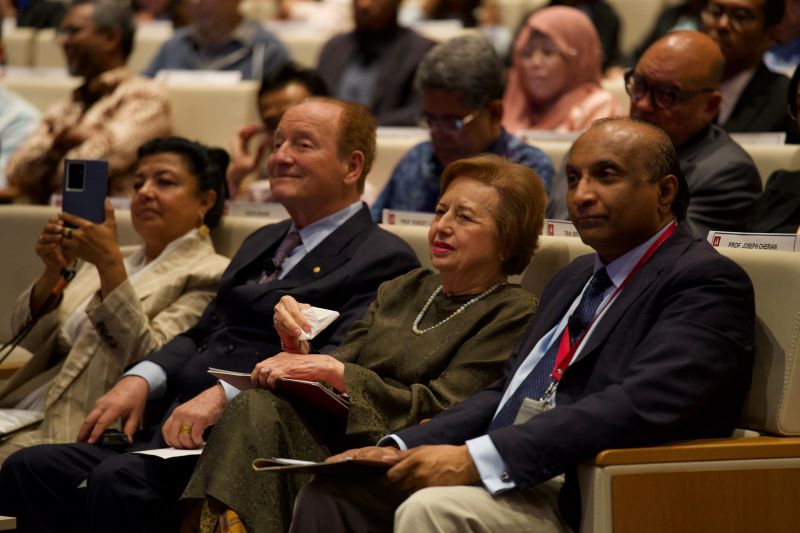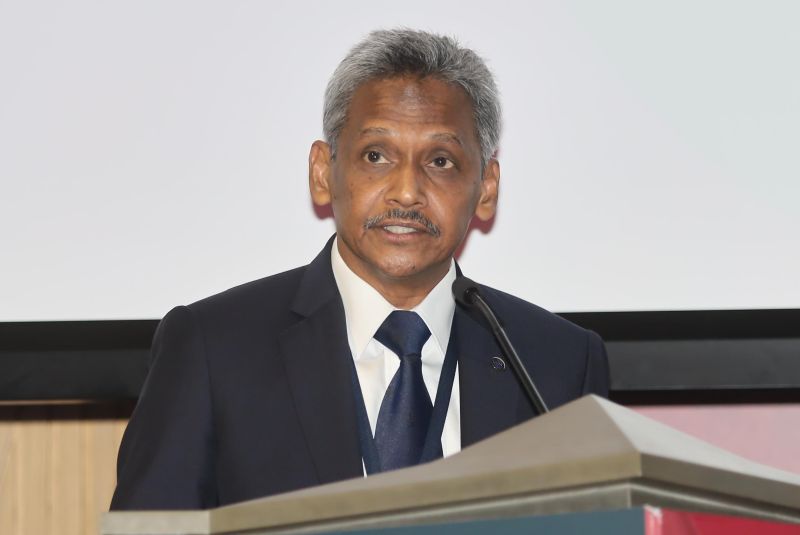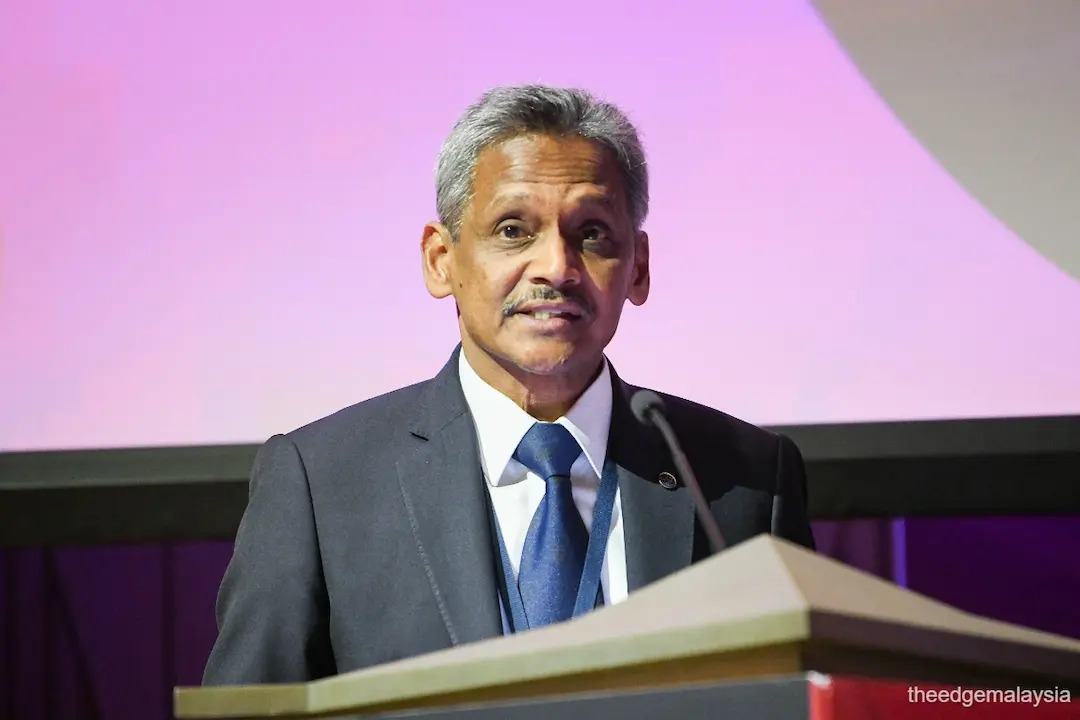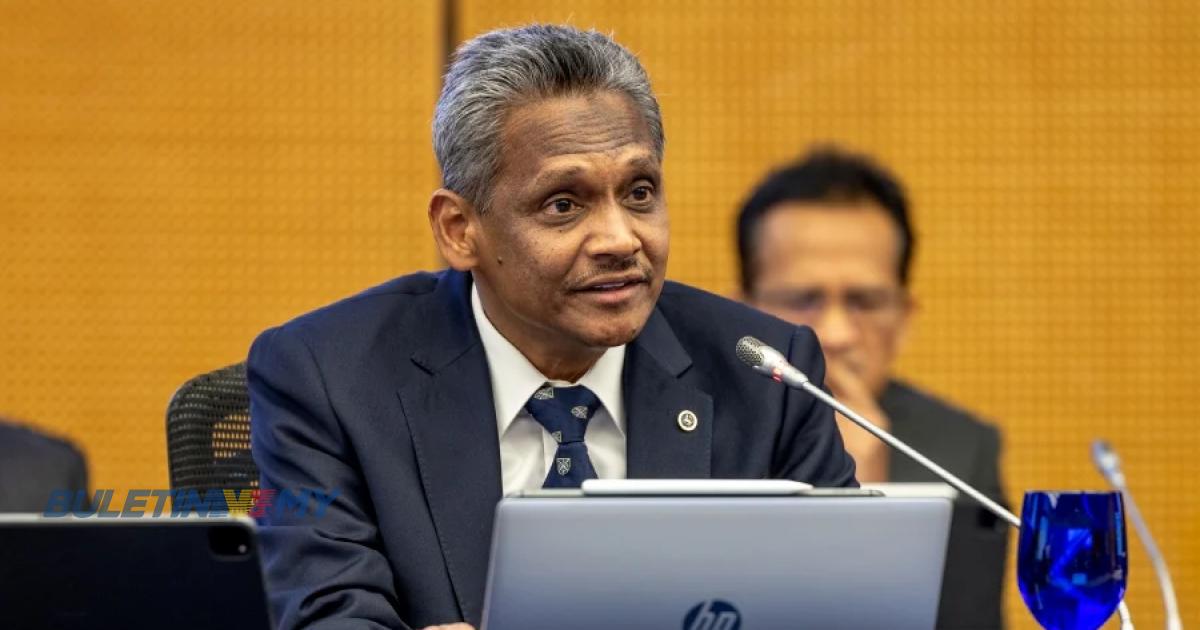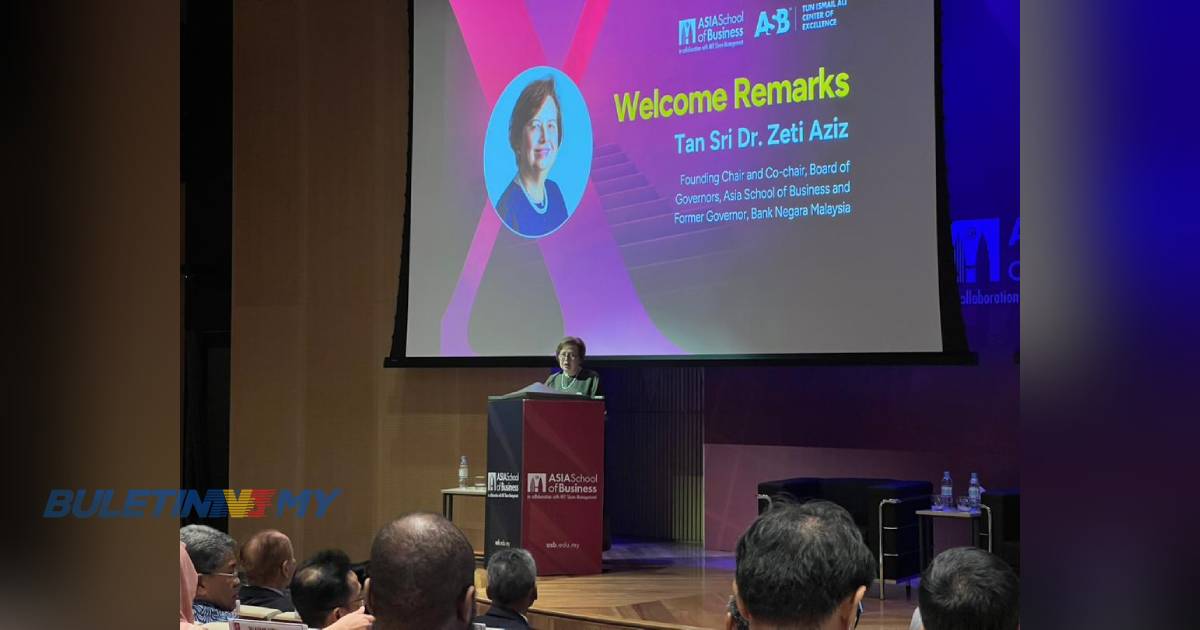Kuala Lumpur: Ekonomi Malaysia mencatat pertumbuhan 4.4 peratus pada suku kedua 2025 (2Q 2025), dipacu permintaan domestik yang kukuh, aktiviti pelaburan swasta dan awam yang mantap.
Pertumbuhan itu juga disokong oleh prestasi eksport terpilih, walaupun sektor perlombongan dan minyak dan gas berdepan cabaran.
Gabenor Bank Negara Malaysia (BNM), Datuk Seri Abdul Rasheed Ghaffour berkata, ia didorong terutamanya oleh pengembangan permintaan dalam negeri yang stabil.
Katanya, pertumbuhan itu turut disokong oleh perbelanjaan isi rumah yang lebih tinggi berikutan keadaan pasaran buruh yang positif, pelaburan swasta yang kukuh dalam mesin dan peralatan, serta pelaburan awam yang lebih besar dalam infrastruktur.
“Dari segi permintaan, pelaburan swasta melonjak 11.8 peratus, pelaburan awam meningkat 13.6 peratus, manakala perbelanjaan swasta naik 5.0 peratus.
“Dari segi penawaran, pertumbuhan disokong oleh sektor perkhidmatan (5.1 peratus), pembinaan (12.1 peratus) dan pembuatan (3.7 peratus), manakala sektor perlombongan menguncup akibat aktiviti penyelenggaraan berjadual,” katanya.
Beliau berkata demikian pada sidang media mengumumkan prestasi ekonomi negara pada suku kedua 2025 di sini, hari ini.
Hadir sama, Ketua Perangkawan Malaysia, Datuk Seri Mohd Uzir Mahidin.
Selain itu, eksport bersih merosot 72.6 peratus berikutan penurunan eksport berkaitan perlombongan dan peningkatan import modal, walaupun sektor elektrik dan elektronik (E&E) kekal menyumbang positif.
Akaun semasa kekal mencatat lebihan sebanyak RM2.3 bilion atau 0.1 peratus daripada Keluaran Dalam Negara Kasar (KDNK), disokong oleh lebihan barangan bernilai RM17 bilion, tetapi mengecil akibat eksport perlombongan yang lemah dan import yang lebih tinggi.
Menurutnya, pelaburan langsung asing (FDI) berjumlah RM1.6 bilion, disokong oleh suntikan ekuiti dan aliran masuk instrumen hutang yang lebih tinggi, walaupun aliran keluar pendapatan pelaburan semula meningkat ekoran pembayaran dividen yang lebih besar oleh syarikat multinasional asing.
Secara suku tahunan terlaras mengikut musim, KDNK meningkat 2.1 peratus pada 2Q 2025, memulihkan penguncupan pada suku sebelumnya.
Sementara itu, mengenai unjuran KDNK 2025, pihaknya berkata BNM menjangkakan pertumbuhan ekonomi negara pada 2025 berada dalam lingkungan 4.0 hingga 4.8 peratus, disokong oleh permintaan domestik yang berdaya tahan walaupun berdepan ketidaktentuan global yang semakin meningkat.
Beliau berkata, unjuran ini mengambil kira persekitaran luaran yang mencabar berikutan ketidaktentuan dasar tarif Amerika Syarikat, permintaan luar yang sederhana dan pasaran kewangan yang volatil.
Originally published by Harian Metro.
